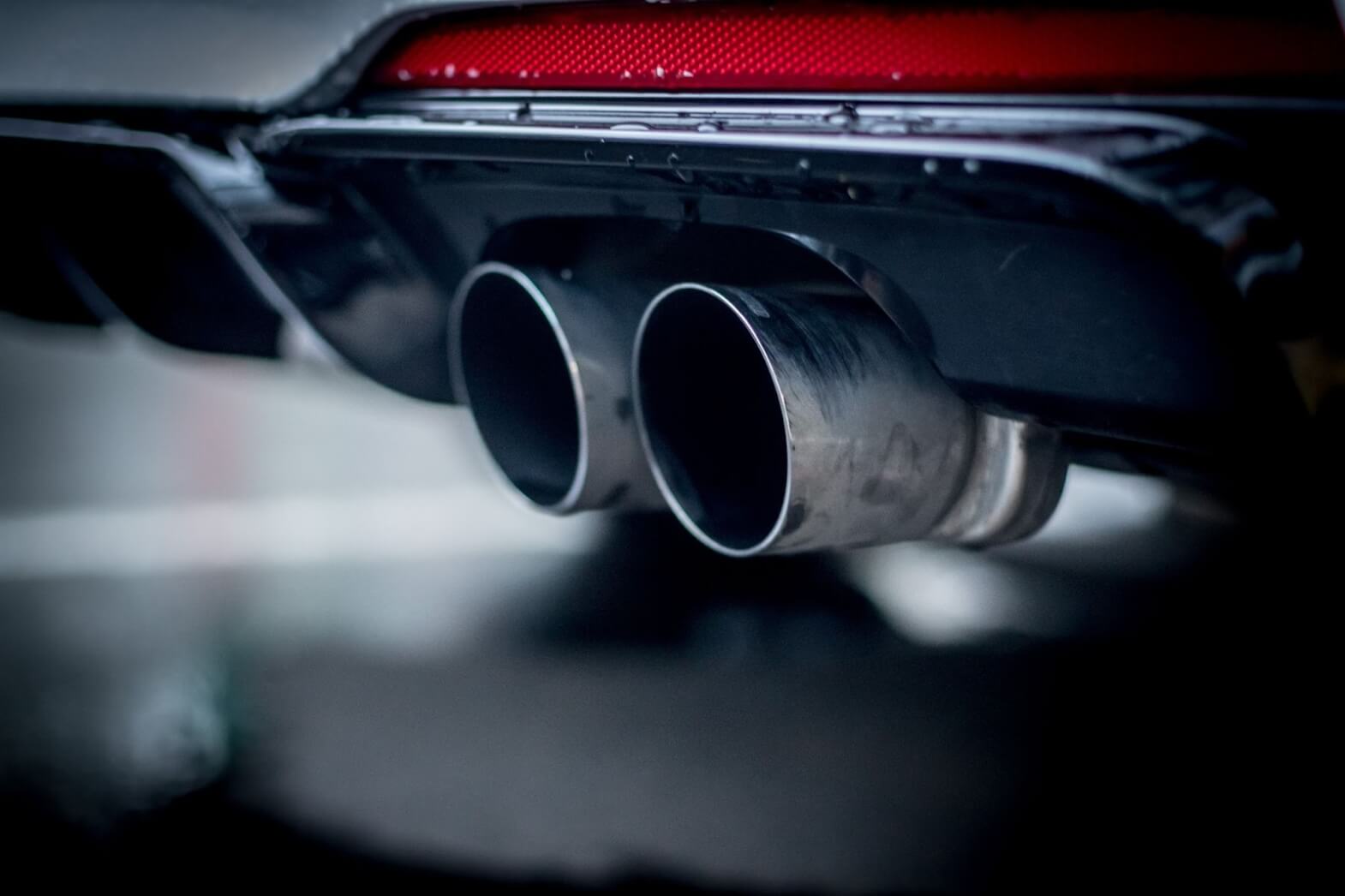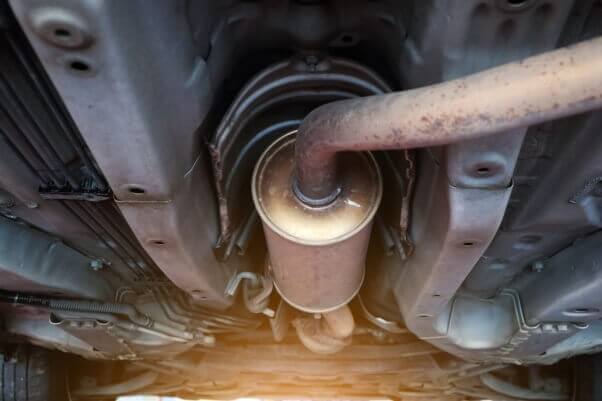Plymouth Catalytic Converters Scrap Prices & Pictures for Models
Catalytic Converter Scrap Prices from Plymouth - June 9, 2025
- Used catalytic converter from Plymouth: 35 USD – 209 USD
- Used Diesel catalytic converter from Plymouth: 59 USD – 63 USD
- Used Gasoline catalytic converter from Plymouth: 35 USD – 209 USD
- Used Ceramic catalytic converter from Plymouth: 35 USD – 209 USD
Plymouth models
2006764
Ref:
2006764
Ref2:
6Y / 04881025AF / 04881025AH
Car models:
Car description:
Chrysler Voyager / Chrysler Grand Voyager 2.8
Max price for 6 months: 87 USD
436ABW
Ref:
436ABW
Ref2:
436ABW0178 / 436ABW7345 / 436ABW (series)
Car models:
Car description:
Chrysler Town & Country / Dodge Caravan / Chrysler Voyager / Plymouth Voyager
Max price for 6 months: 150 USD
674A
Ref:
674A
Ref2:
674A1040 / 674A (series)
Car models:
Car description:
Chrysler Neon / Dodge Neon
Max price for 6 months: 219 USD
746M
Ref:
746M
Ref2:
746M 1846
Car models:
Car description:
Chrysler Town & Country / Chrysler Voyager / Dodge Caravan / Plymouth Sundance
Max price for 6 months: 76 USD
011A
Ref:
011A
Car models:
Car description:
Chrysler SS TB / Chrysler Cirrus / Chrysler Sebring / Chrysler Stratus / Chrysler Neon / Dodge Stratus / Dodge Neon / Plymouth Breeze
Max price for 6 months: 153 USD
080A
Ref:
080A
Ref2:
080A 7343-2
Car models:
Car description:
Chrysler Cirrus / Chrysler Neon / Chrysler Sebring / Dodge Neon / Plymouth Breeze
Max price for 6 months: 50 USD
4041586
Ref:
4041586
Ref2:
092971 / 092541 / 082962 / 109302 / 6Y
Car models:
Car description:
Chrysler Voyager 2.8 CRD
Components:
Max price for 6 months: 97 USD
Your previous searches
Recently viewed
Your previous searches
Articles

How to Extract Precious Metals from Catalytic Converters
Jun 7, 2025
Catalytic converters are not just components in your car's exhaust system, they are treasure troves of precious metals waiting to be reclaimed. These metals could be in various combinations, but mostl...

Why are catalytic converters valuable?
Jun 7, 2025
Catalytic converters serve as essential components in every vehicle. Originating in the mid-20th century and entering mass production by the 1970s, modern vehicles adhere to exhaust emission regulatio...

How much does a catalytic converter cost?
Jun 9, 2025
Catalytic converters were developed in 1950 as a response to environmental pollution issues by the growth of the automotive sector. In the middle of the 1970s, they were already put on to a conveyor t...

What Are Torpedo Catalytic Converters?
Jun 7, 2025
Torpedo catalysts are usually larger units compared to conventional catalytic converters. Usually, these uncommonly shaped catalytic converters come from Ford vehicles and are made for specific Ford c...






































































